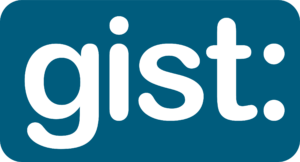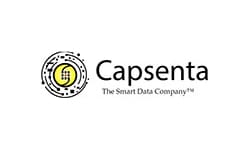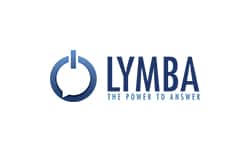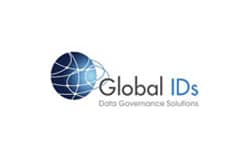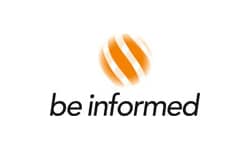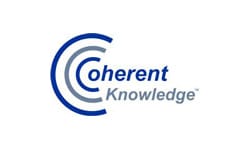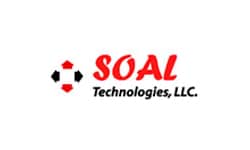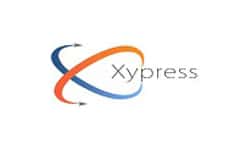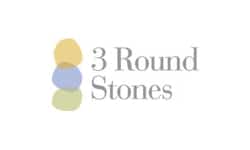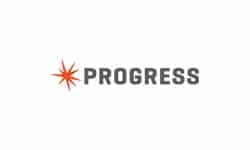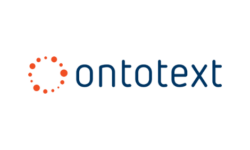Semantic Arts exists to shepherd organizations on their Data-Centric journey.
Our core capabilities include:
• Semantic Knowledge Graph Development and Implementation
• Legacy Avoidance, Erosion, and Replacement
We can help your organization to fix the tangled mess of information in your enterprise systems while discovering ways to dissolve data silos and reduce integration debt.
What is Data-Centric?

Data-Centric is about reversing the priority of data and applications.
Right now, applications rule. Applications own “their” data (it’s really your data, but good luck with that). When you have 1,000 applications (which most large firms do) you have 1,000 incompatible data silos. This serves to further the entrenchment of legacy systems, with no real motivation for change.
Data-Centric says data and their models come first. Applications conform to the data, not the other way around. Almost everyone is surprised at the fundamental simplicity, once it’s been articulated.
It sounds simple, but fifty years of “application-centricity” is a hard habit to break. We specialize in helping firms make this transition. We recognize that in addition to new technology and design skills, a major part of most projects is helping shepherd the social change that this involves.
If you’re fed up with application-centricity and the IT-fad-of-the-month club, contact us.
Read More: What is Data-Centric?
What about those legacy systems?
The move to a more data-centric architecture requires thoughtful planning. Early phases look more like a surgical process of dealing with legacy applications in a way that realizes quick wins and begins to reduce costs, helping to fund future phases. Usually, it looks something like this:
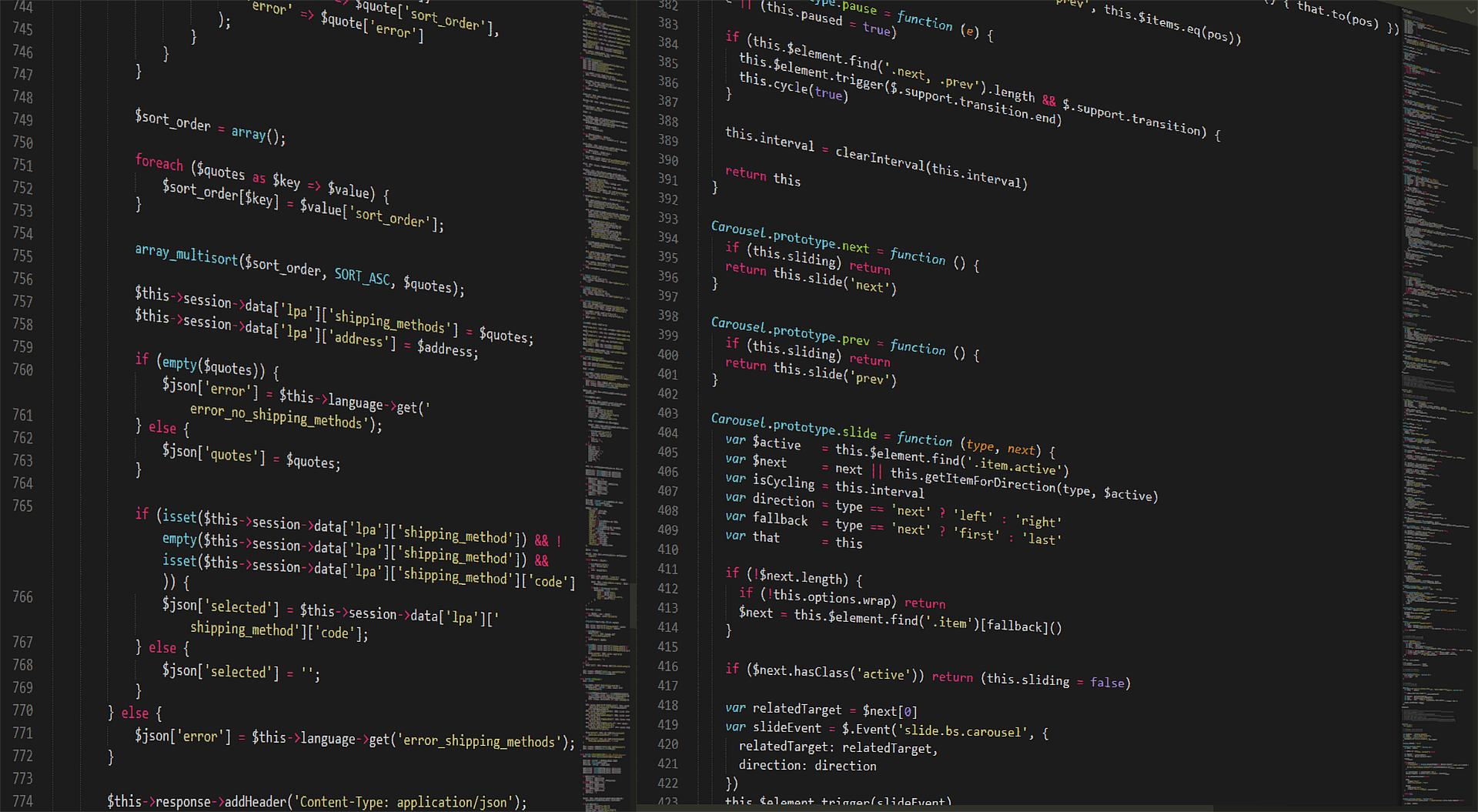
-
Legacy avoidance: The recognition that a firm has slowed down or stopped launching new application systems projects, and instead relies on the data that is in the shared knowledge graph.
-
Legacy erosion: Occurs when firms take use cases that were being performed in a legacy system and instead implement them directly on the graph. Rather than wholesale legacy elimination (which is hard), this approach allows the functionality of the legacy system to be gradually decommissioned.
-
Legacy replacement: Once enough of the data, functionality, and especially integration points have been shifted to the graph, legacy systems can be replaced. Not with “legacy modernization” systems, but with lightweight standalone use cases on the graph.
Read more: Incremental Stealth Legacy Modernization
ABOUT US
<p>Learn more about our mission, our history, and our team.</p>THOUGHT LEADERSHIP
<p>See how we are leading the way towards a data-centric future, and those who have taken note.</p>PROBLEMS WE SOLVE
<p>Discover how we can help you along the journey.</p>Taking a different path STARTS NOW. Become Data-Centric to simplify and enhance your enterprise information landscape:
5 Business Reasons for Implementing a Knowledge Graph Solution
1. Comprehensive data integration
2. Contextualized knowledge discovery
3. Agile knowledge sharing and collaboration
4. Intelligent search and recommendation
5. Future-proof data strategy
Integrating semantic capabilities into enterprise business processes has been the foundational shift that organizations such as Google, Amazon, and countless others have leveraged. The results are tangible: increased market share and revenue, lower costs, better customer experiences, reduced risks, and the promotion of innovation.
Semantic Arts’ professional services deliver true solutions (not gimmicks) for current and future information management challenges.
FROM OUR BLOG
SHACL and OWL
There is a meme floating around out in the internet ether these days: “Is OWL necessary, or can you do everything you need to with SHACL?” We use SHACL most days and OWL every day and we find it quite useful. It’s a matter of scope. If you limited your scope to replacing individual applications,... Continue reading→
The Data-Centric Revolution: Avoiding the Hype Cycle
Gartner has put “Knowledge Graphs” at the peak of inflated expectations. If you are a Knowledge Graph software vendor, this might be good news. Companies will be buying knowledge graphs without knowing what they are. I’m reminded of an old cartoon of an executive dictating into a dictation machine: “…and in closing, in the future... Continue reading→
Smart City Ontologies: Lessons Learned from Enterprise Ontologies
For the last 20 years, Semantic Arts has been helping firms design and build enterprise ontologies to get them on the data-centric path. We have learned many lessons from the enterprise that can be applied in the construction of smart city ontologies. What is similar between the enterprise and smart cities? They both have thousands... Continue reading→
A Slice of Pi: Some Small Scale Experiments with Sensor Data and Graphs
There was a time when RDF and triplestores were only seen through the lens of massive data integration. Teams went to great extremes to show how many gazillion triples per second their latest development could ingest, and large integrations did likewise with enormous datasets. This was entirely appropriate and resulted in the outstanding engineering achievements... Continue reading→
The Data-Centric Revolution: Fighting Class Proliferation
One of the ideas we promote is elegance in the core data model in a Data-Centric enterprise. This is harder than it sounds. Look at most application-centric data models: you would think they would be simpler than the enterprise model, after all, they are a small subset of it. Yet we often find individual application... Continue reading→
Achieving Clarity in your Data Ecosystem
Achieving clarity in your data ecosystem is more difficult than ever these days. With false news, cyber-attacks, social media, and a consistent blitz of propaganda – how does one sort it all out? Even our data and information practices have suffered from this proliferation (data warehouse, data lake, data fabric, data mesh … this is... Continue reading→
DCAF 2021: Third Annual Data-Centric Architecture Forum Re-Cap
Written by Peter Winstanley The Data-Centric Architecture Forum was a success! If growth of participants is an indicator of the popularity of an idea, then the Third Annual Data-Centric Architecture Forum is reflecting a strong increase in popularity, for this year over 230 participants joined together for a three-day conversation. This is a huge increase on... Continue reading→
Telecom Frameworx Model: Simplified with “gist”
We recently recast large portions of the telecom Frameworx Information Model into an Enterprise Ontology using patterns and reusable parts of the gist upper ontology. We found that extending gist with the information content of the Frameworx model yields a simple telecom model that is easy to manage, federate, and extend, as described below. Realizing... Continue reading→
The 90s Are Over, Let’s Stop Basing Capital Cost Decisions on Lagging Indicators
Let’s Stop Basing Capital Cost Decisions on Lagging Indicators. Remember the good old days of emerging digital technology? Accessing information through a dial-up internet connection. Saving data to floppy discs or CDs. Sending emails to have them printed for storage. Mobile connectivity was new, exciting, and… slow compared to what we have today. In the... Continue reading→
A Data-Centric Approach to Managing Customer Data
by Phil Blackwood, Ph.D. Without a doubt every business needs to have a clear idea of who its customers are and would love to have a 360 degree view of each customer. However, this customer data is typically scattered across hundreds of applications, its meaning is embedded in code written years ago, and much of... Continue reading→
gist: 12.x
gist: is our minimalist upper ontology. It is designed to have the maximum coverage of typical business ontology concepts with the fewest number of primitives and the least amount of ambiguity. Our gist: ontology is free (as in free speech and free beer–it is covered under the Creative Commons 3.0 attribution share-alike license). You can use as you see fit for any purpose, just give us attribution.


